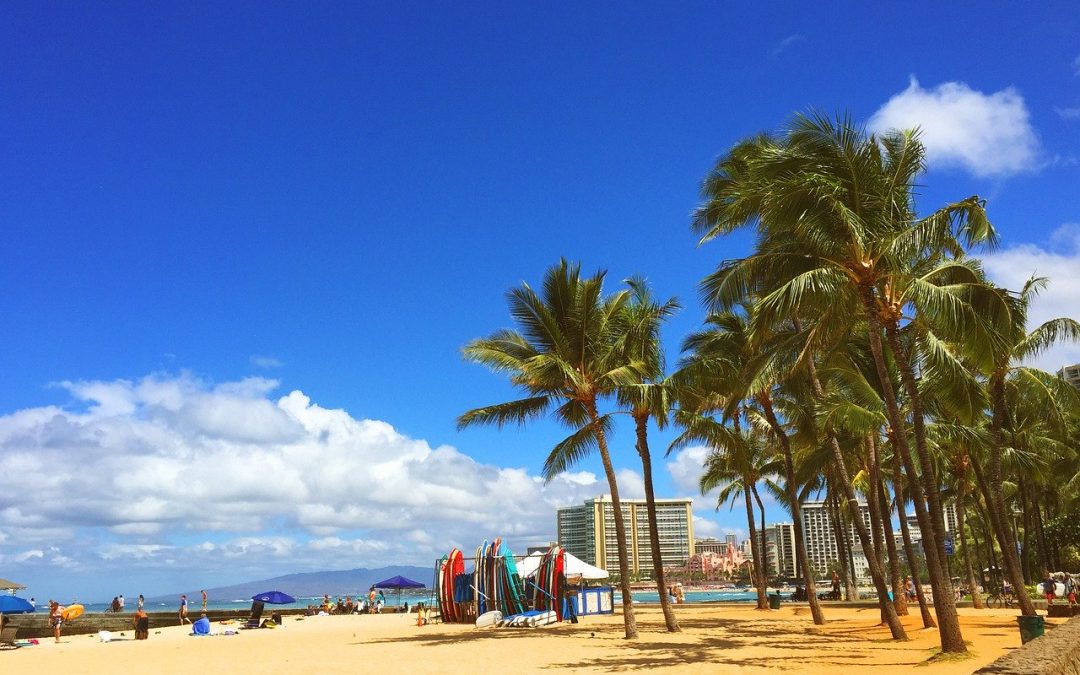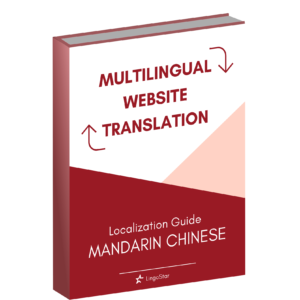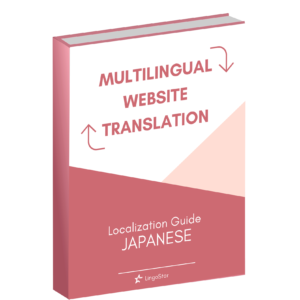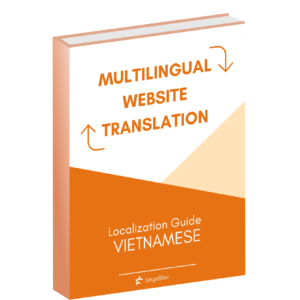Japanese Culture in Hawaii
Hawaii often brings to mind images of coconut trees, beaches, and tropical fruit. However, modern day Hawaii has a rich culture built upon the lives and traditions of the indigenous Hawaiian people, as well as the many immigrants who came to the islands as plantation workers during the early colonial period. One influential culture is Japanese culture. It is so ingrained in some parts of life that one might not even notice their Japanese origins unless explicitly pointed out.
However, not only has Japanese culture influenced Hawaii, but Hawaii has made Japanese culture its own in a way. For instance, many Japanese-origin aspects of culture or life in Hawaii have evolved from their original Japanese counterparts. In addition, the general non-Japanese population also enjoys aspects of Japanese culture that have moved past ethnic lines and into the general lifestyle in Hawaii. The strength of Japanese influence depends on the island and even parts of island.
Japanese Influence on Language and Culture
-
Children often say jan ken pon when playing rock paper scissors – the Japanese version of the game. However, they often don’t know its Japanese origins and think of it as a string of syllables.
-
Japanese popular culture like anime and manga are quite popular and widespread.
-
Obon is a traditional Buddhist summer festival where people gather to dance and honour their ancestors. However, unlike in Japan, where the festival is held over a three-day period, Hawaii’s obon festivals run throughout the summer. Hawaii’s festivals are also less strictly religious. Many non-Japanese and non-Buddhist people go simply to browse the food stalls and enjoy the festival atmosphere.
Japanese Influence on Food and Shopping
-
There are many authentic Japanese restaurants in Hawaii – one ramen shop in Waikiki, the tourist district, even accepts payment in yen.
-
Hawaii has the supermarket Don Quijote, which sells inexpensive groceries, Asian household goods, and miscellaneous items. There is also the bookstore Bookoff, which sells new and used books and audiovisual material in English and Japanese. In addition, there is the convenience store Lawson’s. Many Japanese people see these stores as quite Japanese and are shocked to hear that there are locations outside of Japan. Don Quijote, in particular, is popular among the general population, as it carries many Asian goods and appeals to the large Asian population in Hawaii.
-
Hawaii has a food court called Shirokiya, which was originally a department store chain in Japan. When Shirokiya first opened in Hawaii in 1959, it sold a variety of Japanese goods – the bottom floor hosted items from furniture to stationery, while the upper floor sold various Japanese foods. Although Shirokiya was remade in 2016 to be more like a food court, it still retains traditional Japanese elements like a traditional Japanese theme and a seasonal kimono and yukata fair to sell these traditional garments. People of all backgrounds go to enjoy Japanese food and the lively atmosphere.
-
A noodle dish called saimin is based off the Japanese dish ramen. However, the soup is different, the noodles tend to be thicker, and the toppings are different as well. Even the McDonald’s in Hawaii sells saimin.
Why is the Japanese Influence Especially Strong in Hawaii?
According to a 2010 survey, 15% of Hawaii’s population was ethnically Japanese. While this might seem like a minority, every ethnic group in Hawaii is in fact in the minority. Because there is no majority group, this seemingly small 15% has a larger impact.
On top of that, 13.8% of the population in Hawaii that speaks a non-English language at home speaks Japanese. In addition, Japanese is a popular second language to learn in school. The University of Hawaii in Manoa boasts the largest Japanese program in North America.
Japanese popular culture like anime and manga, as well as foods like sushi and ramen are becoming increasingly popular worldwide. However, Hawaii shows a unique environment where Japanese culture has been so influential that Japanese traditions have been integrated into daily life, both linguistically and culturally. If you decide to visit Hawaii, keep an eye out for these aspects of Japanese culture!
Curious to know more about the Japanese language? Check out this blog post on Japanese natives learning English here.
LingoStar Translation Services is Here to Help!
If you need a translation from English into Japanese or from Japanese into English, count on us to provide you with a quality translation service. We analyze your Japanese translation requests to provide professional Japanese translation services. We then proofread the translation in order to deliver it by the established due date. LingoStar is here for you! If you need more information, call us today at 604-629-8420 or send us an email at info@lingo-star.com.
Subscribe to our newsletter here for updates and promotional offers!

















